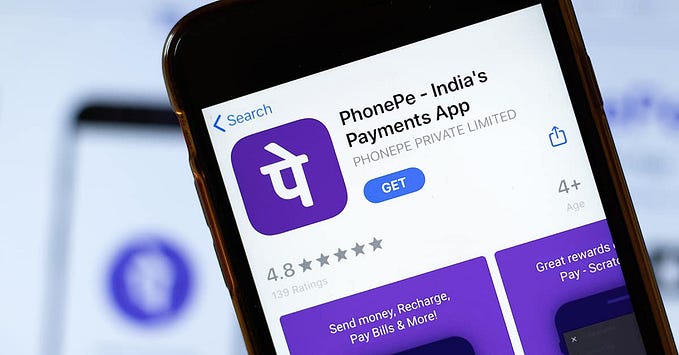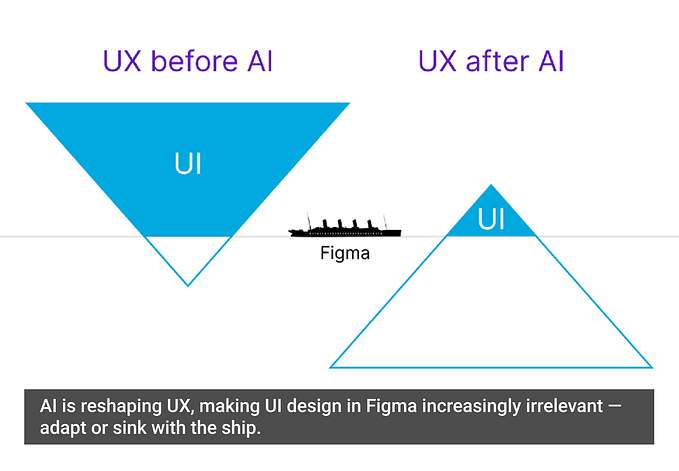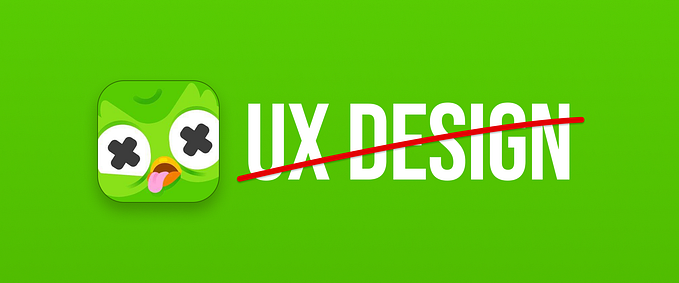Product Design vs Service Design: Decoding the Difference
“Product design” and “service design” often get tossed around, creating a blur between their unique roles. As a UX and service designer, it’s crucial to understand the distinctions and appreciate the significance each brings to the table.
Let’s look at the difference through my project examples.

What is Product Design?
Product designers, as the name suggests, craft tangible “things.” Their output is the “what” — the physical or digital entities that users interact with. It focuses primarily on addressing practical issues through functionality rather than solely emphasizing the visual and tactile aspects of a product.
An example from one of my projects:
One of my notable product design projects involved creating a web-based platform for healthcare providers to manage medical records, schedule appointments, and enhance communication. The primary goal was to digitize paper-based patient medical record tracking sheets, streamlining processes for healthcare professionals.
Now, the ideation and output is revolving around a digital “product”.
Here is that project: https://www.damathedesigner.com/slichealthcare

What is Service Design?
Service designers, on the other hand, sculpt ecosystems that support how people interact with a business, technology, and each other. Their output is the “how” — the orchestration of various elements to create a seamless user experience. For instance, an MP3 file, considered a product, can be accessed as a service through platforms like Spotify. The user experience may appear identical, but the underlying mechanisms differ.
Service design goes beyond designing a service; it delves into how an organization’s internal processes impact the overall user experience. It’s about addressing the experience of both the employee and the user.

An example from one of my projects:
In another project, the focus shifted to communicating time-sensitive measures for Type-2 Diabetes prevention to various communities. This service design aimed to bridge the gap between public health agencies and diverse user groups.
here, the aim was to design a system for communication which is a service and that can be accessed through a digital kiosk which is a product. Here is the project: https://www.damathedesigner.com/public-health-agency-of-canada

Conclusion
Recognizing service and product design interdependence allows for the crafting of solutions that not only address practical problems but also deliver seamless, user-centric experiences within the broader context of services and ecosystems. The synergy between product and service design is the cornerstone of holistic design practices in our ever-evolving design landscape.
Follow me to be part of my journey!
For detailed case studies please have a look at https://www.damathedesigner.com/
Follow me on Linkedin for more UX content https://www.linkedin.com/in/damadhanashree/
Thankyou for reading!!





